|
Day 1. Wednesday 6th September
We left Povoa de Varzim, Portugal, as early as we could to get a good start. The tide was going out and the entrance can get a bit rolly at low tide, so we left at high tide. We'd been checking the weather every day for the last week and the day we chose was the windiest but safest for us to go. From the forecast, the first two days would give us a speedy start to our 800 mile passage and then it would settle for the remaining days. We were headed for the Canaries. Originally, we were going to sail to Madeira after Portugal, which would have been 650 miles away and then we would sail down to the Canaries (if at all), before sailing further south to Cape Verde. Mattis was due to start two weeks of work in the Canaries, so we asked ourselves whether it was still worth sailing to Madeira or not. If we had sailed to Madeira, Mattis would have then needed to fly to Lanzarote for work, I would have stayed with Jingo until Mattis came back and then we would have sailed south from there. Our other thought was; do we bypass Madeira altogether and head straight for the Canaries instead? The latter made more sense to us. To give you a general idea, for those who don't know, when we start talking about knots, nautical miles and Force.... What are knots? A knot is one nautical mile per hour ie 1.15 miles per hour. The term 'knot' comes from the 17th century, when sailors measured the speed of their ship with a device called a common log. What is a nautical mile? A nautical mile is the unit used in measuring distances at sea. 1 nautical mile is approximately 1.15 miles. What is the Beaufort Force scale? It is the measure for describing wind intensity based on observed sea conditions. This scale came from Sir Francis Beaufort (1774 – 1857), the English admiral and naval hydrographer who devised it. With winds increasing up to Force 7, we were speeding along at 8 knots. It was the fastest we'd sailed Jingo so far. During the night, we were running before the wind and we were starting to nose dive through the waves. The waves seemed to be growing, getting higher and higher. There were rogue waves from time to time, which would throw our stern off to one side and the waves would start 'jumping in', half filling the cockpit. We were on port tack, rolling and nose diving. At one point, our genoa flipped inside out when it got caught in the wind and filled with water, making the boat heel considerably. As soon as the moment was possible, Mattis furled in the genoa to make it a more manageable size to sail with. Our boat, a Contessa 32, has a low freeboard, which means that the height from the waterline to the top of the boat is short in comparison to other boats. This means that water is more likely to flow across the deck when we're heeling to one side and very likely to get a wet cockpit if the waves start 'pooping'. This is another sailing term that Mattis has explained to me along the way. Pooping is when the stern wave catches up with the boat, either propelling it forward or breaking over the stern, possibly causing swamping. To us, it would feel as though the stern waves would break and jump into the cockpit (or sometimes just at you), almost out of nowhere. Even when we're wearing heavy weather sailing gear, we'd still get soaked through. The term 'poop' comes from the French word 'la poupe', which means stern. Therefore technically, the poop deck is the stern deck. After the first night passed, we looked at the chart to calculate the distance we had sailed so far....we sailed 150nm! This was our fastest yet in a day. Even though were weren't in a race to get to the Canaries, it was a great feeling to be sailing Jingo so well. When we left Ireland, on the couple of days when we had practically no wind, we didn't sail more than 70 miles in a day. Our boat weighs 4 tonnes and half of that weight is in the encapsulated lead keel. Last year, before deciding on what boat to buy, we did lots of research and we learned that a Contessa is stable up to 155 degrees before rolling into the water. If there were any freak roller waves to get thrown at us, Jingo would always self right after a few seconds.
Day 2. Thursday 7th September
During the first night whilst Mattis was on night watch, he could hear someone talking on the VHF, Channel 16. When sailing and in the instance that you need to get someone's attention, you would contact them via the VHF radio on Channel 16. Primarily intended for distress, urgency and safety priority calls, the frequency may also carry routine calls used to establish communication before switching to another working channel, so you don't block up Channel 16. Mattis realised that the call was not intended for him and somebody else came onto Channel 16, who was clearly their friend. They started happily chatting away, about things that weren't related to their course, heading, position, weather conditions.... After a few minutes, somebody else jumped in on their conversation and started singing randomly. Not long after that, a fourth person had had enough and quite abruptly told them to 'stop talking so much!', in a European accent. Then all went quiet. I couldn't help but laugh when Mattis told me in the morning, it's just not what the VHF is meant to be used for or what you'd expect to happen. Day 3. Friday 8th September By the end of Friday and the start of Saturday, we'd sailed well over half way to the Canaries, 400nm! We had blue blue seas during the day, so unlike any blue we'd seen before.
Day 4. Saturday 9th September – 330 miles to go
We had much calmer winds, the conditions were about Force 4 and we were sailing between 4-5 knots. We had been sailing with just the genoa until now, so we hoisted up the mainsail aswell and we were now happily climbing up to 6 knots. Checking the chart, we were 100 miles away from Morocco. Africa! We were having much warmer days, sailing in shorts and t-shirts, the evenings were still cool, but they were definitely much warmer than when we left Ireland. For me, Day 4 was the best day of sailing I've had so far. The first two days was mainly seasickness. I started taking seasickness tablets the night before we left Portugal, ate breakfast, kept fluids up etc. By the end of Day 1, I had had enough and decided to stop taking everything that was preventing me from feeling nauseous, because I was still vomiting anyway and I wanted to let my body handle it as best as I could. Surprisingly for me, after two days it worked. With no more sickness from Day 3, I was able to do more, think more clearly and make sail changes with Mattis. The wind was coming from behind us and we were sailing on a broad reach, sailing at 6 knots. This was definitely the most comfortable for us and the boat. We had warm sunshine, blue skies and we were sailing happily on a broad reach. We could have stayed out there on the water forever. It was bliss. We talked about how sea and wind conditions can change rapidly, one minute you are sitting comfortably soaking up the sunshine on deck, next minute, you're rolling around, reefing in the mainsail and furling the genoa. You nor anybody else would have any idea what the sea state was like just a few moments ago. When perfect moments come, we definitely try to make the most of it, because out there, you don't always know when it's going to change next, even when you have a weather forecast. I'm learning that you can never be too careful out at sea and you always have to be prepared. Talking about safety, there was an article in Practical Boat Owner magazine, which demonstrates what happens to the inside of a boat when it's completely rolled over and what happens to equipment and personal belongings when they aren't stowed properly. The test was done in a controlled manner, a belt wrapped around the boat was used and a crane slowly turned the boat the full 360 degrees. The effects of not stowing efficiently was profound. Batteries, cutlery, plates, books, equipment thrown across everywhere. If you were to be unfortunate enough to be rolled at sea, you'd stay inside your boat and batten down the hatches. Then of course the next danger is that a battery could come loose and go flying at you if it weren't secured properly. So, in PBO, what they did in their second test was show that doing simple things like securing lockers and cupboards with string made a huge difference. This will be one of our next jobs. It's just not worth not doing. Today we saw a turtle! We were happily cruising along, enjoying the sunshine and I noticed something brown floated past. I just assumed it might have been rubbish or maybe seaweed (?) as it wasn't moving. Not long after that, Mattis and I were sitting on the foredeck and we saw a turtle right before our eyes. Where did it come from? Morocco? Where was it going to? So many questions. It felt like we just whizzed passed it and this turtle was just there, happily bobbing along, not moving very much, but seemed content. We'd never seen a turtle in the wild before. The sun went down, the evening became darker and darker until all we could see was a blanket of stars in the sky. It just takes your breath away, the longer we stared at the night sky, the more stars we could see. And the shooting stars..... What was really astonishing was seeing the edge of the Milky Way, right across the sky, from north to south. We were both in the cockpit, admiring the view and being in general awe of everything, Mattis says to me to come and look over the side into the water. I go and look and it doesn't take long for me to see the bioluminescence sparkling away as the boat was gently cruising through the water. I didn't know what to say, sparkly sky, sparkly water, shooting stars, Milky Way..... Later on that night we started our night watches and Mattis up on deck, when he noticed a vessel a few miles away shining their torch in our direction. They continued to do so and eventually, the vessel started coming towards us. Mattis shone his torch back at them as well as through the sails, to make it obvious that we were a sailing vessel. Mattis made contact with them as it seemed as though they were in distress and needed help of somekind. It turned out that they were trying to get through to us, to no avail, hence them shining their torch at us. After the initial miscommunication, they wanted to let us know that we needed to stay clear of them as they were towing another vessel behind them with seismic surveying equipment. The equipment was 8 miles long and 3 miles wide. The friendly man on the VHF was very helpful and he worked out our position on his chart and let us know how far we needed to go off course. In the end, we had to divert our course by 40 degrees for 14 miles in order to be clear of the two vessels and seismic surveying equipment. It was really interesting finding out all this new information. We'd never heard of such a thing before, let alone towing miles and miles of equipment behind you.
Day 5. Sunday 10th September 230 miles to go
The wind was coming directly behind us and conditions were perfect to 'goose wing'. When running dead downwind, you can set up your sails so that the mainsail is on one tack and the genoa is poled out on the other tack, looking like a two wings. This is so that the sails can catch maximum breeze without the sails collapsing. It took us a little bit of time to figure out the best way to do this and set it up. But for our first time, it was great trying to figure this out, setting up the genoa using one of our spinnaker poles. We could see in the distance that a squall coming through in the next few hours, so we had the mainsail triple reefed, reducing the size of the sail and we could furl in the genoa if the winds were getting too strong and then unfurl it again after the squall had passed. Day 6. Monday 11th September 150 miles to go. We had fair weather and were sailing 4 knots. The barometric pressure dropped by two bars in six hours during the day, so we had a bit of a gusty night, but no problems. We made radio contact with a nearby vessel around 2000 to get a weather report for the area as we'd not been receiving weather faxes due to our SSB radio not working properly. The weather report was good, north westerly winds, Force 3, sea state was slight. Now that we had a weather report, we could start our proper night watches again. Not having a report meant that we would stay up together for as long as we could during the night just in case the weather changed quickly and we needed to adjust sails. We had two vessels behind us, one after the other and both just happened to be on the same collision course with us. We contacted the first vessel to let them know where we were and they changed course and with the second vessel, a 1200 metre oil tanker, we just decided to change course. The wind had dropped considerably and our sails were starting to flog, so we put the engine on from 0400 until 1300 the next day. We had dolphins to keep us company, a clear nights sky and bioluminescence in the water, until the moon showed and it was too bright to see them anymore. Day 7. Tuesday 12th September The engine was on until 1300 and we started to see landfall. The Canaries. Just as we turned off the engine we saw a whole pod of dolphins. There must have been at least 100+ going in the opposite direction to us. It was as if the water was bubbling with dolphins. We kept the engine off until 1600, when there was truly no more wind and we stuck it back on again and motored past La Grasiosa, an island that's a National Park to the north of Lanzarote and continued south until we could anchor in the safety of the Old Harbour. The landscape looked truly stunning and we could not wait to go exploring over the next few days before Mattis started work. It was around 2200 before we finally anchored (and in the dark). It was something we'd not done before, but we were cautious and everything was fine. We turned off the engine once our anchor was secure and took a deep breath and relaxed. We made it. We contemplated on how surreal all of this was for us. Down below in the saloon, we could hear a popping noise throughout boat. Had we left a valve open? Was a seacock open? Was the gas on? It wasn't any of those. The noise was coming from little creatures feeding on the algae on our hull. Quite normal here apparently. The popping of Rice Crispies noise continued through the night, but it was actually quite nice to listen to. We sailed 800 miles in our 10 metre boat. Many exclamation marks! :) We're here, in the Canaries. We could even pop over to Africa if we wanted, it's only 60 nautical miles away... But first, Mattis has two weeks of work on a 70ft boat that needs repairing and he is joined by another boatbuilder and friend called Richard. Mattis and Richard worked together for a couple of months in Plymouth last year and since then Richard and his girlfriend Trish left the UK last June to go sailing in their 39ft ferro-cement boat, 'Gwendoline'. So far they've been to Spain and further into the Mediterranean. Richard and Trish also sailed to Lanzarote for the job. It's been exciting meeting up with them, sharing our stories and experiences so far....
Anchorage
At the marina in Portugal, we were paying less than 5 euros a day, which was amazing as they had good facilities, security, fingerprint gates. Now, we have anchored for a few days, it is free and you can come and go as you please. We hope to do a lot more of this as we continue to sail and see more wonderful and secluded places.
On a particularly gusty evening when we were at anchor, we tracked the movements of our boat through the night.
0 Comments
During our first week here and having met lots of people from Sweden, Denmark, Norway, France, Portugal, Brazil, we met a couple from Baltimore, Ireland. Baltimore is only a 45 minute drive from where Mattis' family home is and it turned out they even went to the same school (though not in the same year). Just goes to show how small the world is. We met a Norwegian couple, Guri who is a journalist and Oddvar, a pilot and they have three children who are 10, 8 and 3 years old. They are sailing the ARC+ (Atlantic Rally for Cruisers) and beyond in their 45 foot catamaran. The ARC+ has 75 boats taking part in it this year and they are sailing from Cape Verde, across the Atlantic, finishing in Saint Lucia. Before they left Norway, Guri and Oddvar were approached by a Norwegian television station to document their journey sailing around the world. A project was set up to follow the family of five, documenting the home schooling of their children. They will observe whether home schooling with the use of iPads and Skype sessions with their classmates is as or more effective than being taught in a classroom setting. The children will be taught Monday to Friday with two and half hours of intensive teaching each day as well as having homework. What they will learn as a family such as how to sail, how to behave on a boat, what to do in different weather conditions, learn about different animals at sea, the different countries they will be travelling to, currencies etc and general life skills will be far more than what you can teach in a school. The social aspect will be different, but the children will still be able to keep in touch with their old classmates as well as of course meeting new people on their trip. It must be exciting for their old classmates back in Norway too, as they'll see what adventures the Oppegård's will be up to next. We will continue to follow them and maybe see them again. www.voyagingvega.com We made friends with a Danish couple, Christina and Nicolaj and they were the first people we met when we arrived in Póvoa de Varzim. They saved up for five years to buy and set up their Sagitta 35 and have been sailing since May. Their plan was to sail to New Zealand, sell their boat, buy a campervan and continue travelling. Sadly, Chris gets very seasick, so much so that they can only sail for 2 days at a time, maximum. Any longer than that and they would need to have crew with them in order to get their boat safely across to where they need to be. They left Póvoa de Varzim about a week after we met them and they were sailing towards Lisbon. Unfortunately, due to seasickness, Chris and Nico decided to give up sailing, as the idea of sailing across the Atlantic over 3-4 weeks would not be feasible for them and probably not very enjoyable. They are now in Lisbon for the time being and selling their boat so that they can continue their dreams of travelling around the world. http://sagitta35-fair.blogspot.dk/ Porto, 14th-15th August 2017 We explored a little more of Portugal and caught the metro to Porto, which was only 45 minutes away and stayed the night. We visited the River Douro, the Dom Luís I Bridge and ate lots! History of Póvoa de Varzim. Póvoa de Varzim is a maritime fishing town and is one of Portugal's best natural ports. In the 16th century, fishermen from Póvoa de Varzim fished as far out Newfoundland, due to their high nautical knowledge. After the 18th century, Póvoa de Varzim became a main fishing port in Portugal and its beaches attract many tourists. On 27th February 1892, there was a strong gale which quickly whipped up into a storm. At least seven ships were completely wrecked, killing 105 people just a few metres outside the harbour entrance. The fishermen’s friends and families were stood on the breakwater helplessly watching whilst it took their lives. When we arrived in Póvoa de Varzim, there was a week long festival called the “Assumption of Mary” (into Heaven) and this takes place every August. According to the beliefs of the Catholic Church, it celebrates the act of Mary's body going to Heaven at the end of her life. Walking around the town, we noticed lots of different types of symbols on the pavement. After doing a little reading, we found out that they are called siglas poveiras. Also known as ‘marcas’, these symbols have been used by the local community of Póvoa de Varzim for many generations. The siglas were used as a family coat-of-arms in order to mark family belongings, such as outside their houses, barrels of fish, books of credit and tombstones. The siglas have been passed down the generations, from the father to the youngest son. The other children would receive a sigla with a trace (the pique), ie the eldest son would have one pique, the second would have two and so on and the youngest son would receive the original sigla, inheriting the same symbol as his father. Since we arrived, at 6pm every evening, there would be fireworks set off from the breakwater. The traditional thinking behind it is that these loud bangs allow locals to communicate with the Gods, so that the Gods can protect the fisherman whilst they are at sea. Today, people continue to make their own fireworks and set them off at the breakwater in order to display that they can make the loudest noise. Padhraic's and Victoria's wedding – Mallorca 18th – 20th August 2017 On the 18th August, before we flew to Mallorca for Mattis' friend's wedding, we had some lunch at a cafe opposite the metro station in Póvoa de Varzim. We thought we'd have some local tapas and try something we'd never eaten before. The waiter let us know which tapas was available that day and we chose to have 'moelas'. Moelas from the picture and from the sound of the word, we thought it could be mussels. The waiter said it was very good. When the food arrived, it didn't look quite like mussels, but more like small pieces of meat in brown gravy. After tucking in, the texture of the meat was quite soft, but we couldn't quite put our finger on what it was. We decided to wait until the end, after we'd eaten to Google it and find out what it was. It was chicken gizzard. Moelas isn't a dish we'd eat everyday, but it wasn't too bad! It was good to try something new. We caught our flight to Mallorca and from there we caught two buses to Andratx, which was on the west side of the island. We arrived at our accommodation around 11:30pm and it was still so hot, we decided to get a refreshing beer and sangriaaa. Andtrax looked great and we explored more of the town the next morning before getting our taxi to the wedding venue. The wedding was set high up in a beautiful vineyard, where we had their local wines and produce. About 70+ people from 11 countries flew to Mallorca for Mattis' friend's wedding in Finca son Bosch, Mallorca. The priest was funny, the atmosphere was relaxed, so many people got to catch up after many years of not seeing each other since school or university and there was lots of food and dancing. The night flew by! We wished we'd spent more than a couple of days in Mallorca, maybe next time... We flew back to Porto the day after the wedding and from having 30 degrees of heat in Mallorca we thought it might be a little cooler in Porto. It had been around 25 degrees, but Póvoa de Varzim was just a hot when we got back. Normally at this time of year, there are what is known as the Portugese trade winds, or nortada. Winds which come from the north/north west, bringing a cool breeze with it. However, when we got back the winds had changed direction and there were southerly winds, hence the 36 degrees when we got off the plane! The weather stayed like that for a couple of days and then changed to north westerlies giving us a much cooler 23 degrees. Barcelona Trip 25th – 28th August 2017 Mattis and I flew to Barcelona to see a few of our friends and we had a great time, sightseeing and exploring. We walked about 15km each day, we visited the Sagrada Familia, Montjuic, the Grec, Placa Espanya, Placa de Catalunya.... A flying visit, but we hope to see our friends again soon, maybe on the next leg of our journey.... Our Time Here in Portugal... Food from the supermarkets and markets have been amazing. Just as a few examples, 1 and half litres of sangria is 1 euro, wine is about 1-2 euros and there is so much fresh fruit, vegetables and fish available everyday. We've been trying lots of local dishes and snacks, one of our favourites has to be the Portugese egg tart or pastel de nata. We've had a few! We have been having a wonderful time, making dinner for our Swedish friends Sanna and Svante, having drinks in the evenings and watching the sunsets. We talk about how nice it is here to be able to take time with jobs on the boat, mainly because it is warm and sunny everyday. Before, when we were back in England, whenever it was sunny, we would do as much of the outdoor work as possible and the indoor work on the rainy days. Here, we only have a few jobs to do, so it has been nice to be able to take our time and enjoy visiting where we are staying and meeting new people. We're here until the first week of September, when we'll be heading out to sea again... Jobs to do whilst in Portugal - Clean shaft seal and test the engine by running it at high revs to make sure the engine is no longer leaking - Reseal 4 leaking portlights - Secure wooden compartment that houses the engine, so that it doesn't create loud banging/creaking noises whilst the boat is rolling at sea - Get a longer jack to jack lead for the weather fax - Get a longer aerial for the weather fax - Organise power to the laptop - Fix 2-speed winch on the portside. It stopped working just as we were sailing into Póvoa de Varzim - We have a Tilley lamp that currently isn't in working order. We need to replace the mantle and a couple of other parts. The lamp will be our emergency light if all of our electrics fail whilst at sea - Stock up on food supplies - Fill up jerry cans (diesel) - Gas refill for cooking
|
Archives
November 2021
|

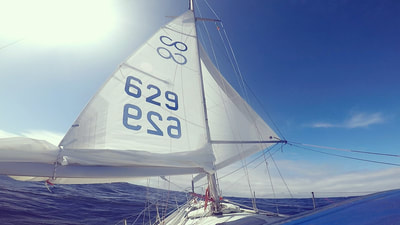
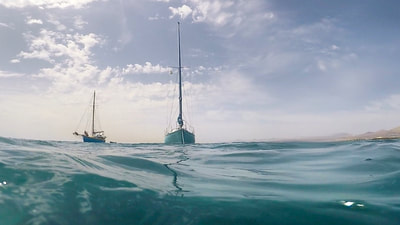


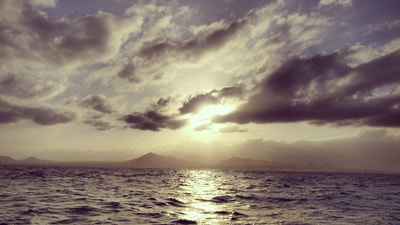

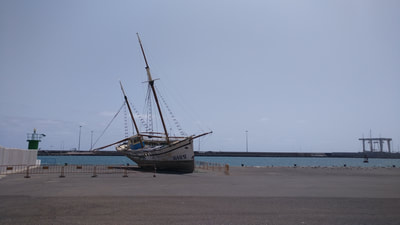
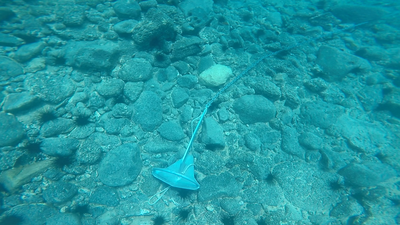
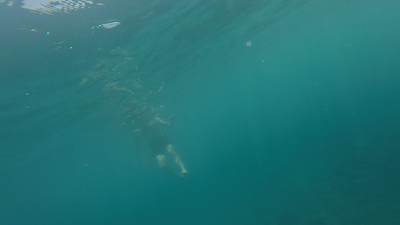
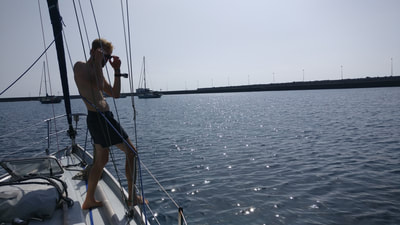
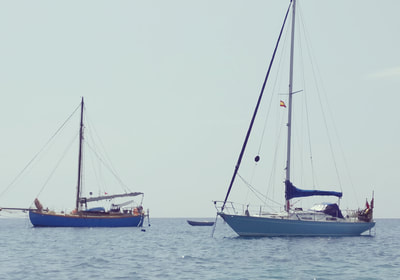
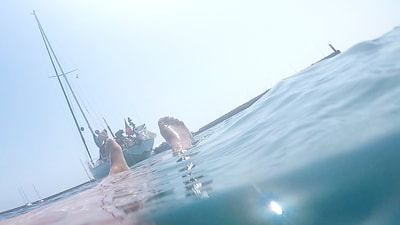
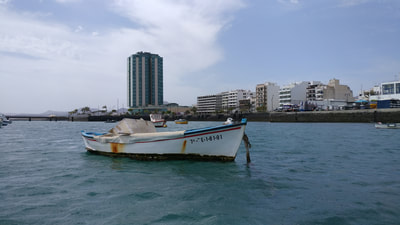


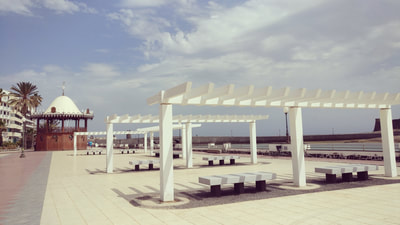


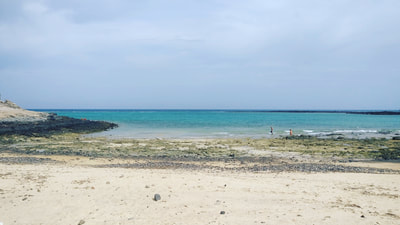
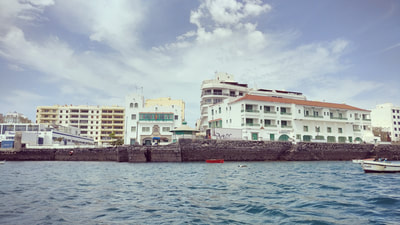


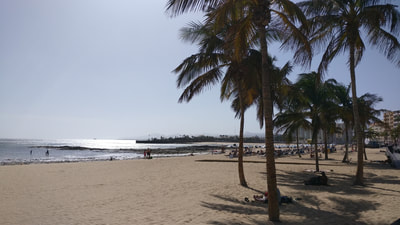
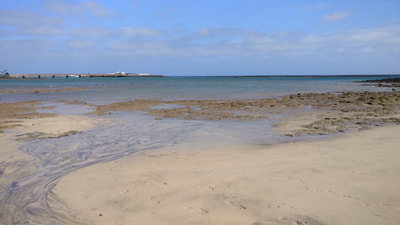


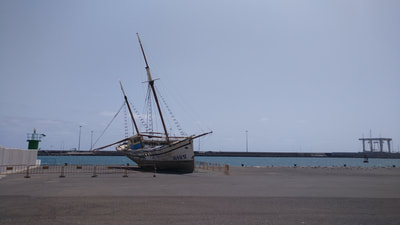
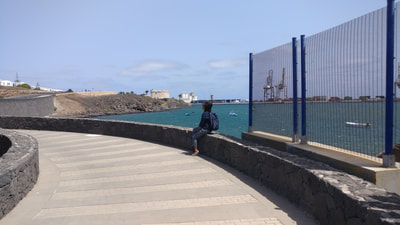

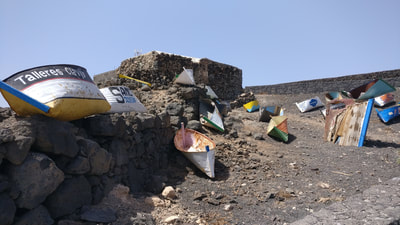

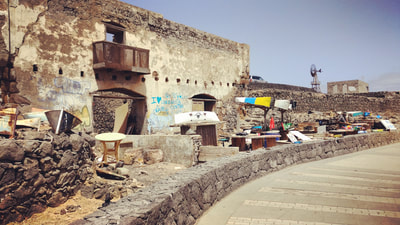


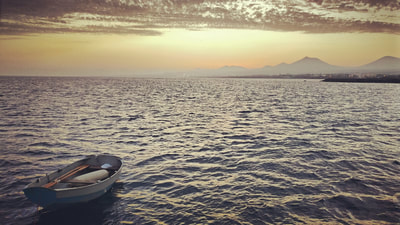



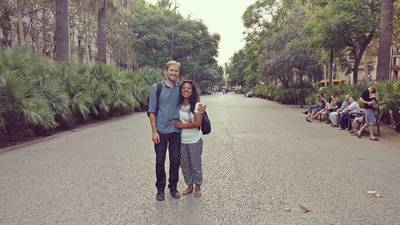
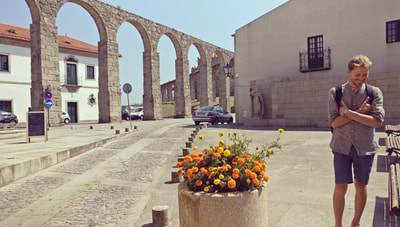


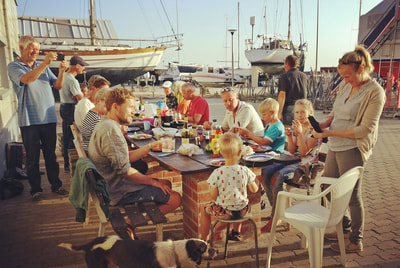

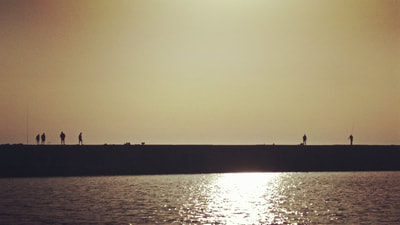
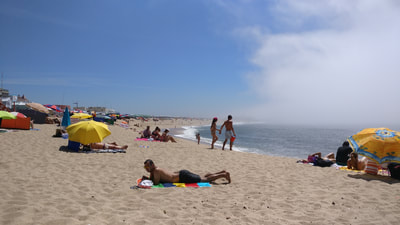
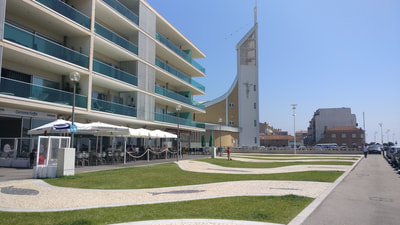
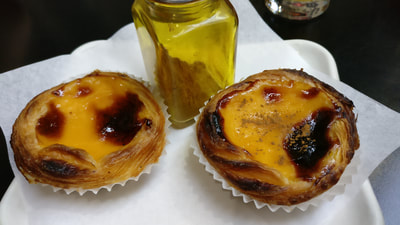

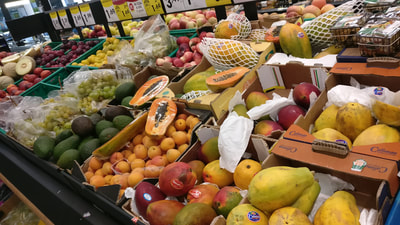
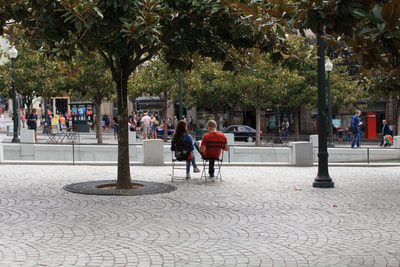

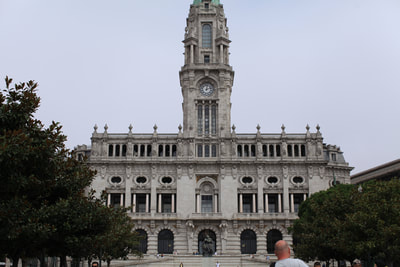
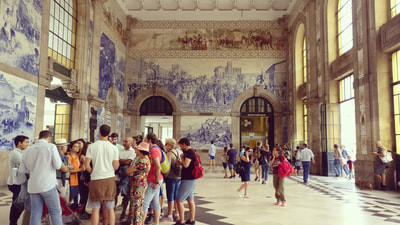
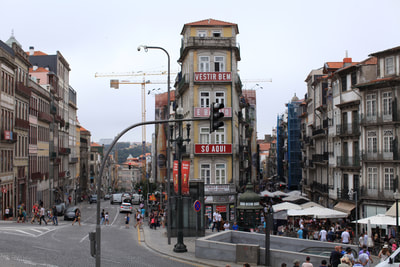



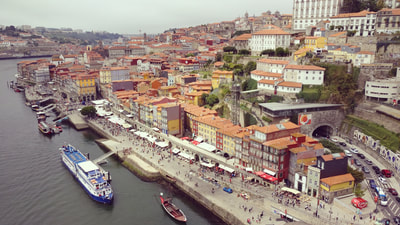

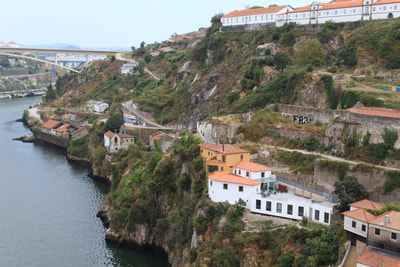
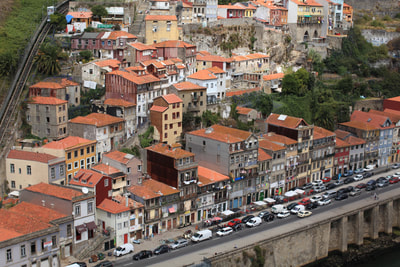
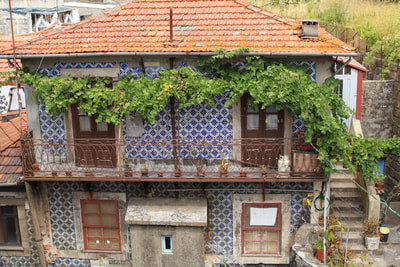
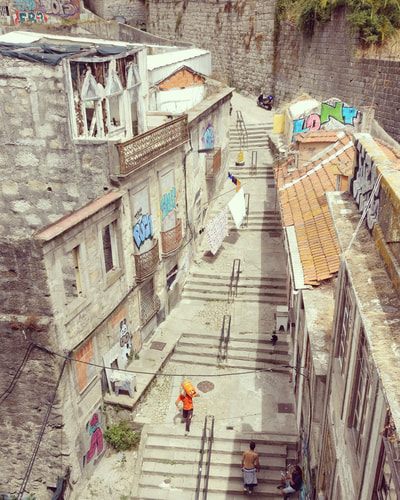


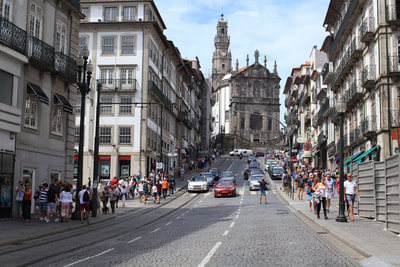

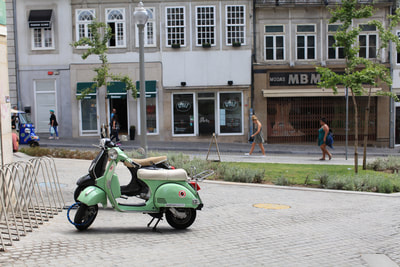
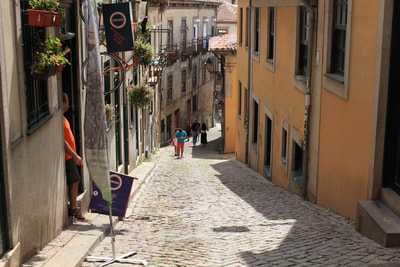



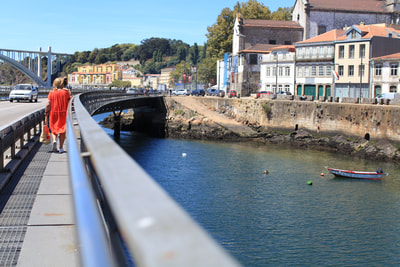
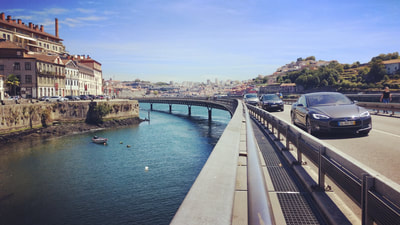
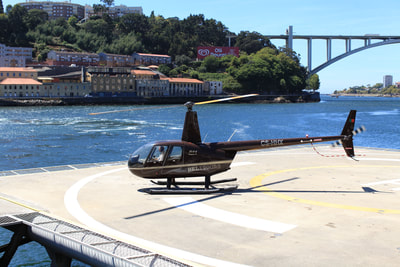

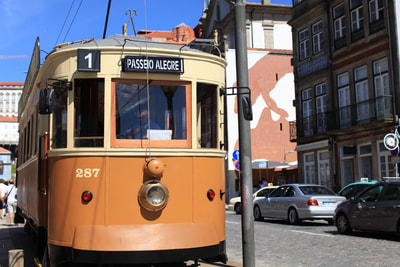
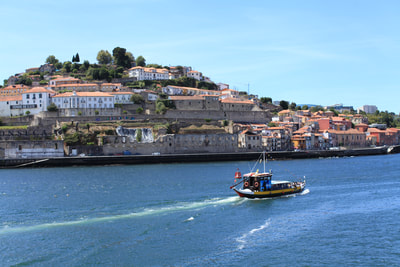

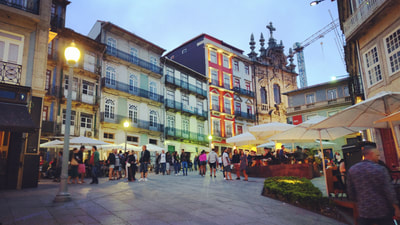
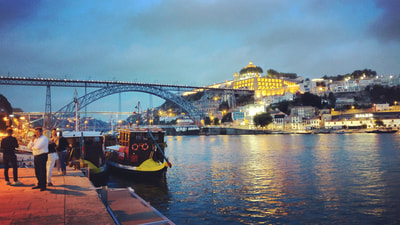

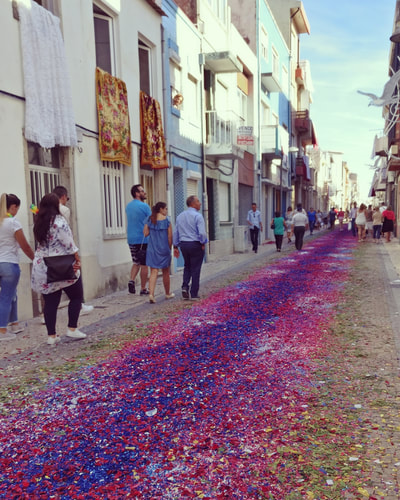
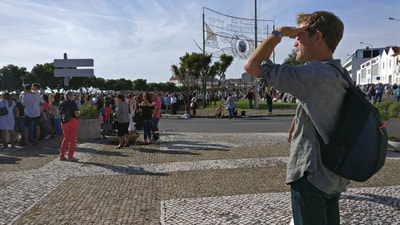
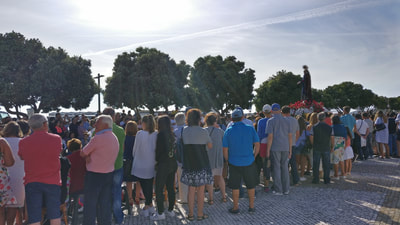



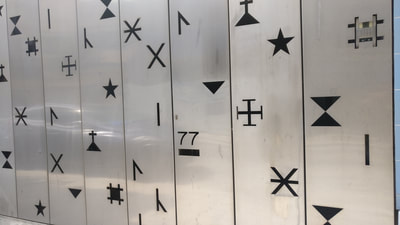

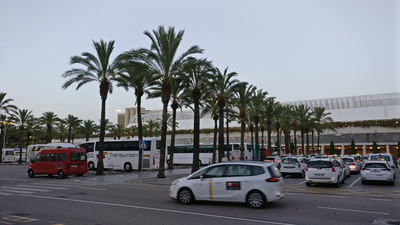

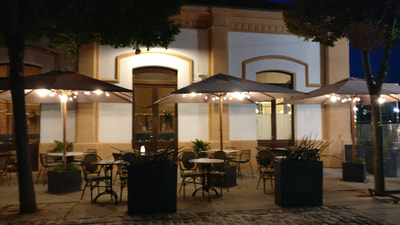
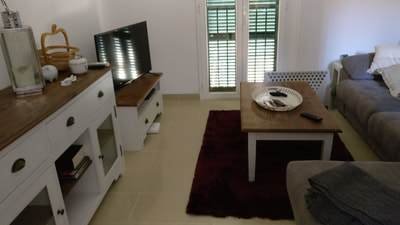


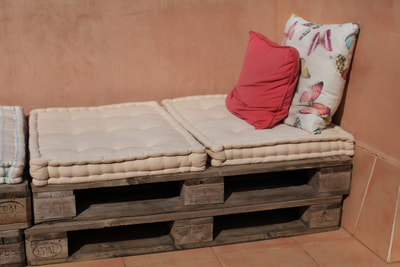


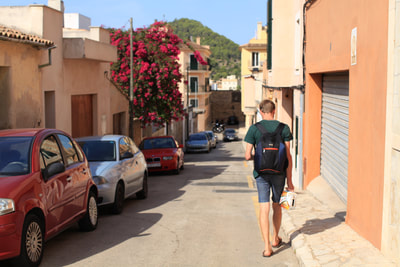
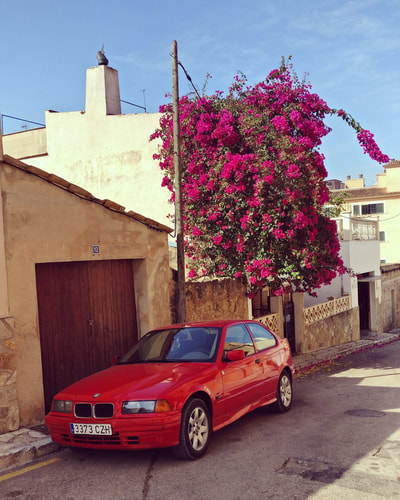

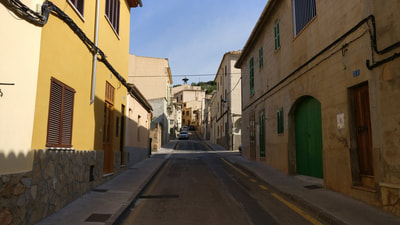
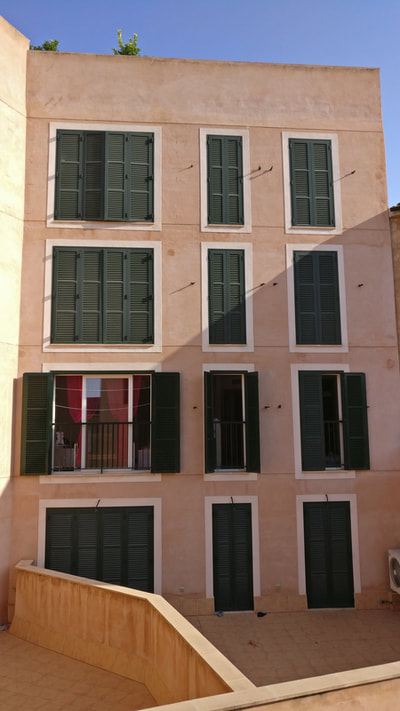
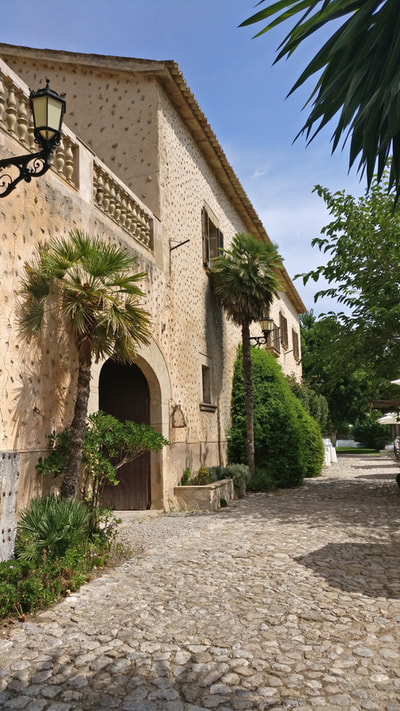
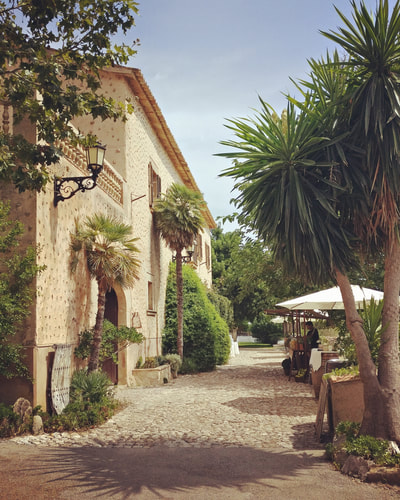
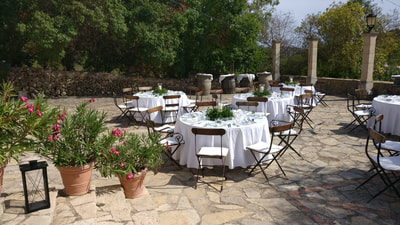

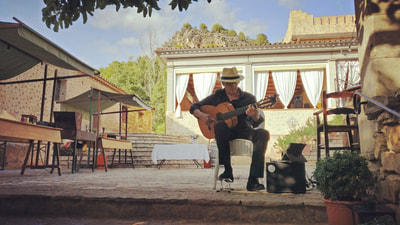
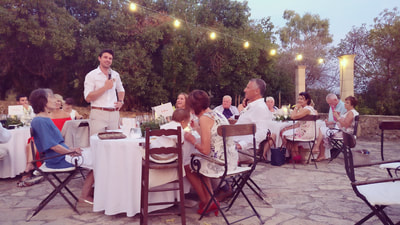
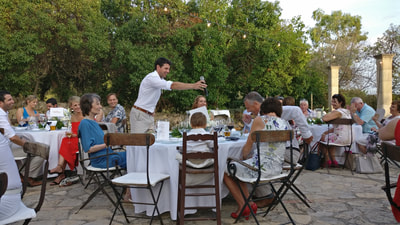
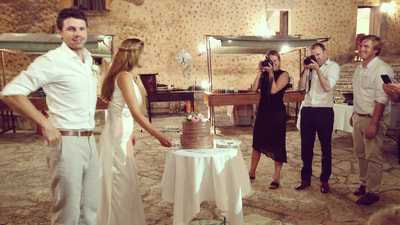
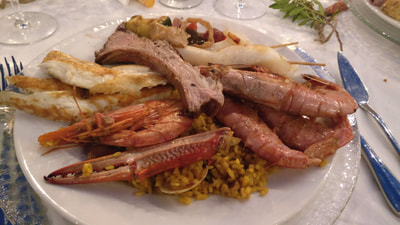
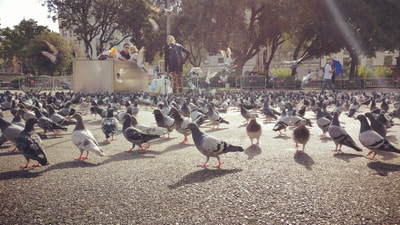
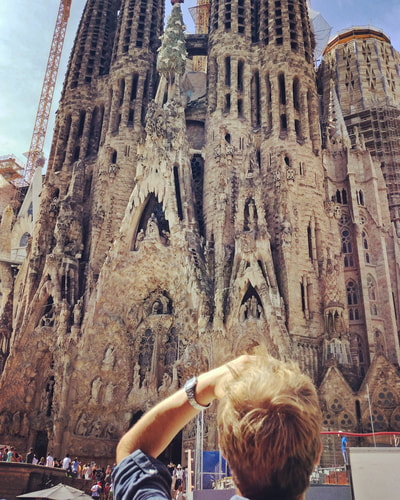
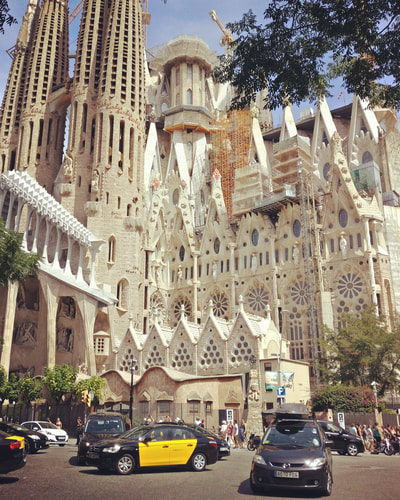


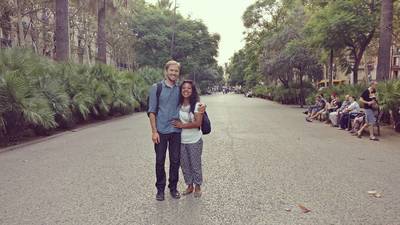

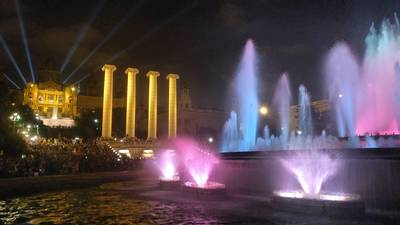

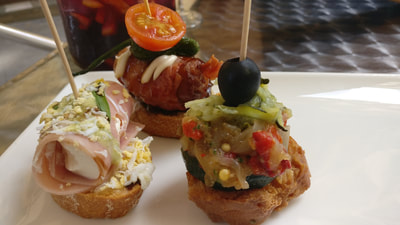




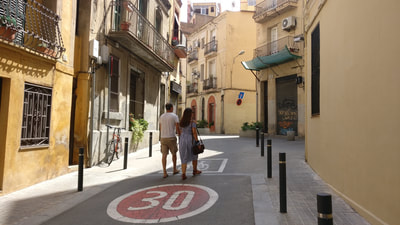
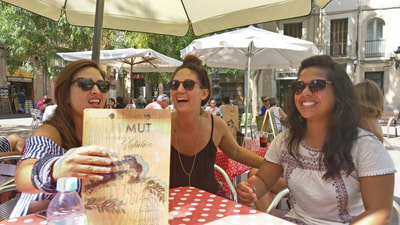
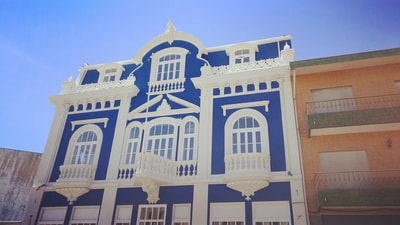

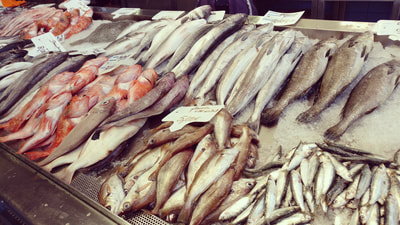
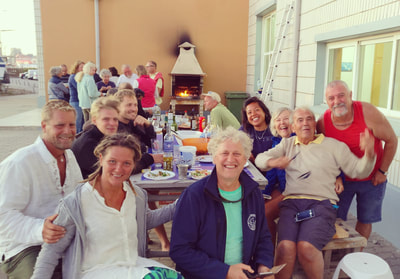
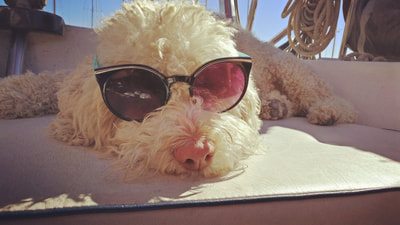


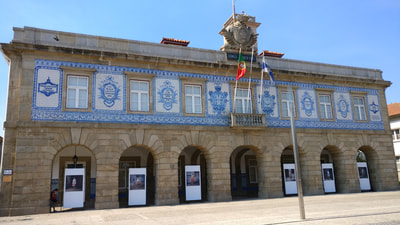
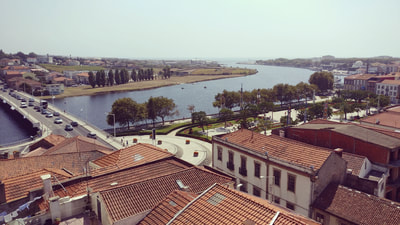


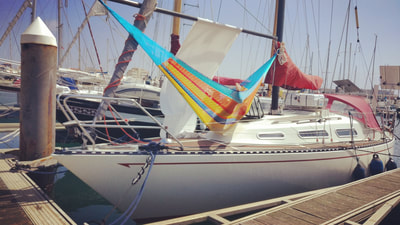

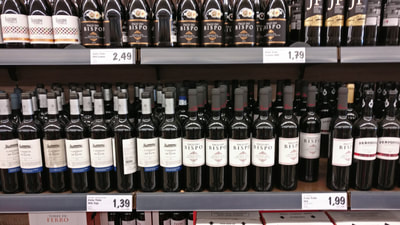
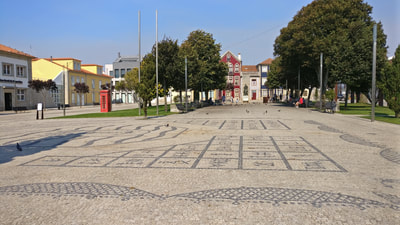
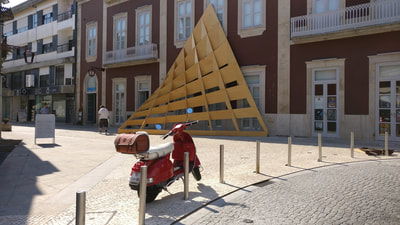

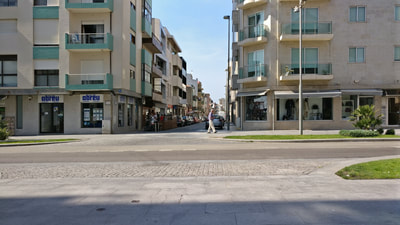



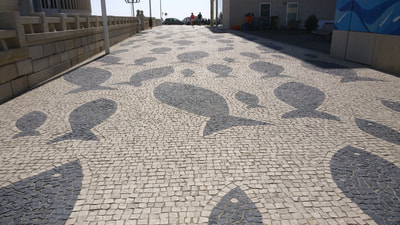
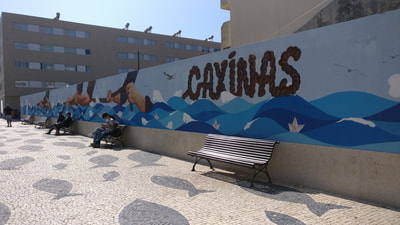
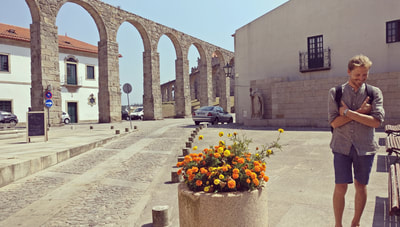

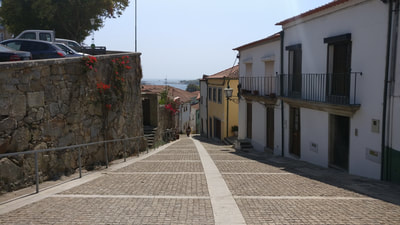

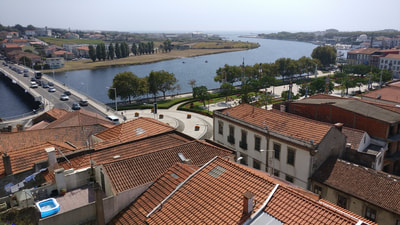





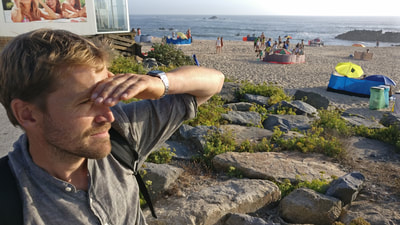


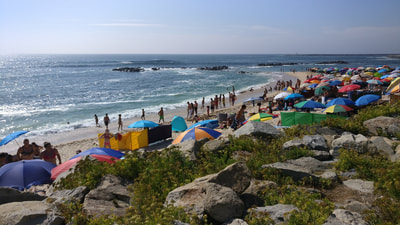



 RSS Feed
RSS Feed